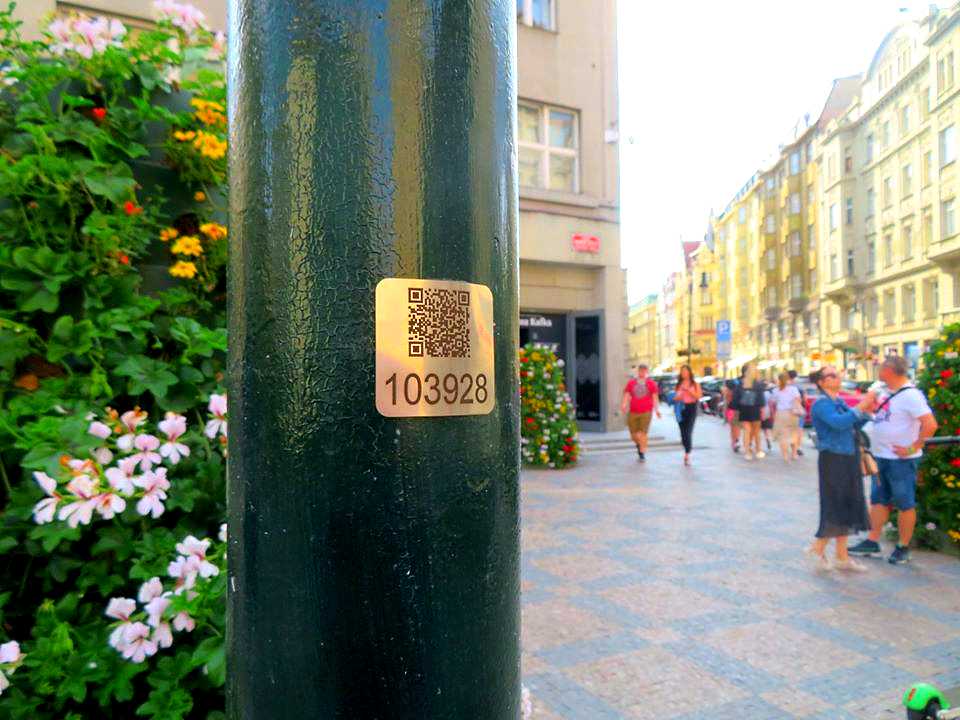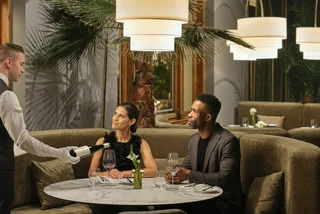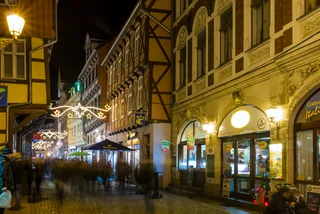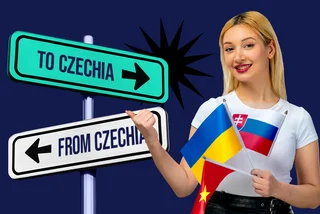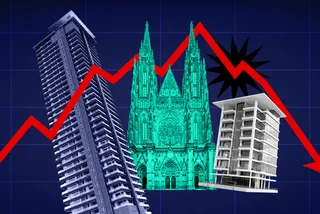“All 135,000 poles of Prague’s public lighting have a small metal plate with a six-digit number embossed at a height of about 150 centimeters. According to the first double digit, today you can see at a glance which part of the city it is located in. By gradually adding QR codes, the labels will offer people much more information. After loading it with a mobile phone, you will be redirected to the new web application Skenujprahu.cz, which will integrate various data and services,” City Councilor Jan Chabr (United Force for Prague), responsible for city property, said.
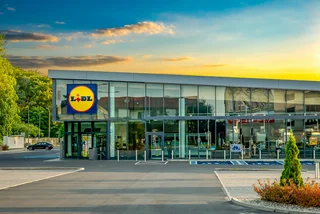













 Reading time: 4 minutes
Reading time: 4 minutes 


